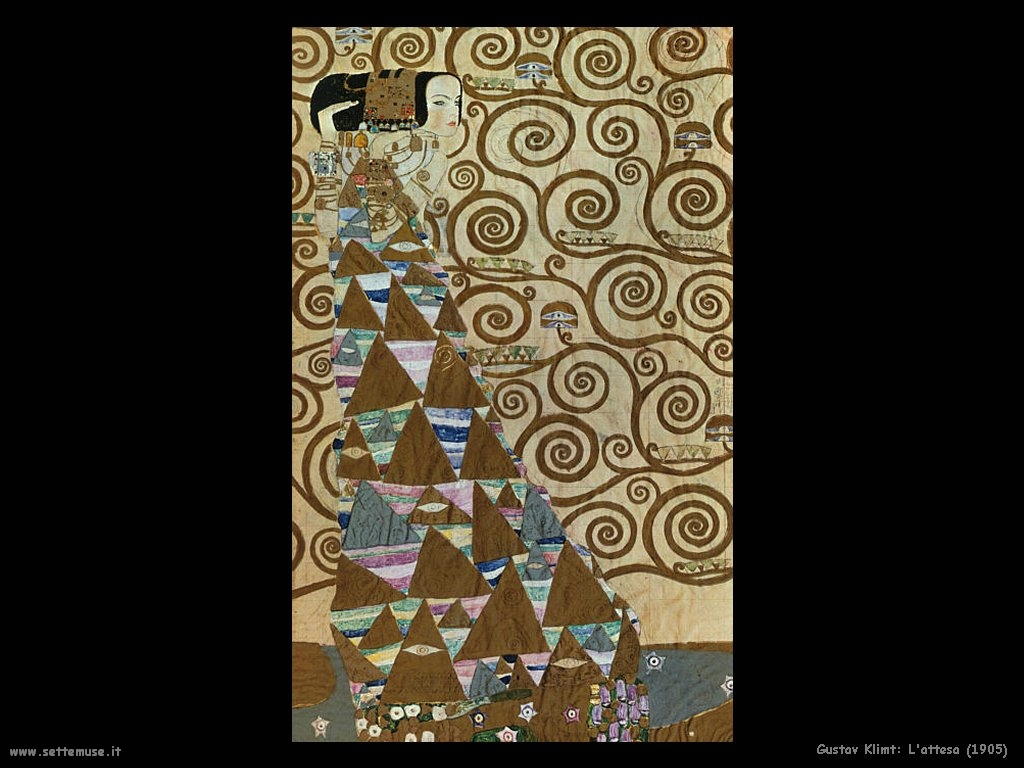Oh my, time is flying and I should somehow manage to finish the vacational blogging. Ok, here it comes, more photos from the Garden Island:
This is the so-called Menehune ditch or Kiki a Ola ditch. Menehune are a kind of small but very eager people that can -like leprechauns or the German Wichtelmännchen- work a whole lot during the night but suddenly stop when someone comes near. However, they managed to finish the ditch, or rather aquaeduct, in one night for a Hawaiian king. Most of it fell victim to road construction. It was used to irrigate taro fields. The payment for this enormous construction was by the way a single shrimp that the king gave to the menehune.

Walter Duncan McBryde, a Scotsman who began cattle ranching in South Kauai, planted eucalyptus trees along the road about 150 years ago. The trees once formed a real tunnel through which the highway runs. But two hurricanes damaged the tops of the trees. Coming from Lihue to Poipu you can ride through the tunnel which still is beautiful. In the right corner you can see our rental, a nice and comfy HHR.

North from Lihue you can reach the Wailua Falls, though only 50 m plus high this is a very impressive waterfall. Maybe I upload the video, so you can hear it's roaring. Can you see the rainbow reflecting in the mist formed of water which is being sprayed up again?

At a peninsula further in the north is the Kilauea Point National Wildlife Refuge. Actually it is the northernmost tip of the island. Apart from breathtaking views it forms a refuge for migratory birds, such as the albatross, different seabirds and the Hawaiian state bird (no, not the chopper) the nene goose.

The Kilauea Sugar Plantation started to build a lighthouse there, which was taken over by the National Coast Guard in 1939. A fire was lit until the end of WWII. What is left today, is only a historic site and tourist atraction.

On our way north to Hanalei we could see the taro fields down in the valley. And I was stupid enough to not try a wonderful purple taro smoothie, completely dairy free into the bargain. How foolish.
But more interesting than Haena Beach were the dry and wetcaves of the area. First we came across Maniniholo Dry cave, conveniently situated at the roadside:

And this is Waikapala'e Wet Cave:

A long came to it's end with another perfect sun set, this time in Princeville:






















 You can find the reddish Hawaiian sea salt for sale in some shops. I still have some in my kitchen, bought before I even knew about Salt Pond Beach.
You can find the reddish Hawaiian sea salt for sale in some shops. I still have some in my kitchen, bought before I even knew about Salt Pond Beach.
 Following the main road, the Waimea Canyon Drive, we could hike along trails, or just wonder about the majestic views one has from the numerous lookout. One day is certainly not enough to explore of all the canyon's beauty.
Following the main road, the Waimea Canyon Drive, we could hike along trails, or just wonder about the majestic views one has from the numerous lookout. One day is certainly not enough to explore of all the canyon's beauty.



 Not far from it, close to the shore is huge rock with several motifs. This is a very eye-catching one, pecked and incised, and therefore post-contact:
Not far from it, close to the shore is huge rock with several motifs. This is a very eye-catching one, pecked and incised, and therefore post-contact:









 And here a look of one of the heiau's enclosures from above:
And here a look of one of the heiau's enclosures from above: On top of the heiau is an abandoned modern cemetery:
On top of the heiau is an abandoned modern cemetery:















